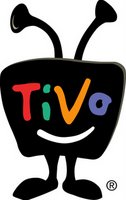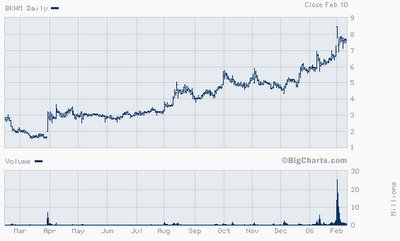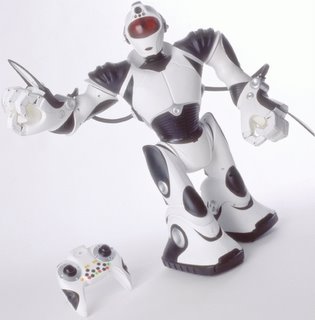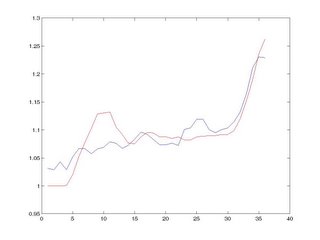
I spent much of the morning revising the
neural network manuscript for final submission to
Media Psychology. In record turn around for me, the final manuscript is out-the-door today and headed toward publication most likely sometime late this year. In reading the paper today, I remembered how much I like it.
The major contribution of the paper, in my opinion, is applying some of
Richard Shiffrin's ideas about memory to an environment where emotion matters. Here is a rough approximation of my idea.
While I was growing up, my dad spent a lot of time watching nature programs on television. In countless shows, the director would show a panoramic view of the African Savannah. I was always amazed at the variety of wildlife. Many times, it seems, a relatively small distance separated an animal from the thing that eats that animal. Each seemed to know its own speed, and the buffer between them took that into account. That buffer may have been somewhat comforting ... maybe.
Now put yourself in the zebra's stripes. How do you perceive the world when you are all alone? Is the indigo sky comforting? Is the oasis soothing? More importantly, what will you remember about this solitary day? You can, of course, argue that animals don't think like this. But they
do remember stuff, such as where food is and where predators are not.
Enter the lion ... or hyena at a relatively safe distance. How do you feel now, zebra.
As an aside, I cannot help hearing Maurice from Madagascar
say "That's because you are his dinner." At any rate, the zebra still needs to go about its zebra business. It needs to eat, drink, and try to find a nice lady zebra, or it will die. But it also
must pay attention to the lion. Dehydration is a small problem. The hungry lion is a big problem.
So, here we see a case where we have the same Savannah, the same oasis, and the same native grasses ... plus one tiger. How does this change the zebra's perception of the world? Largely the same sensory input is available, but I suggest that
this zebra will have an altogether different perception of and memory for the event.
In this case, the zebra is likely to allocate considerable attentional resources to the most important thing: the lion. I call this most important thing the target. Now the zebra can still see the grass and the oasis, and it
could pay a lot of attention to this other stuff. I call this other stuff the context. When the lion is around, the zebra who attends to the context is dinner. The zebra who attends to the target reaches old age.
In the
Media Psychology piece, I argue that physiological arousal compels us to favor the target at the expense of the context. This fact has some very nice properties in accounting for how we remember these kinds of situations ... at least when they're on television. I won't be doing any
actual lion studies in the near future.
Now, think about recognition. We track down the zebra a few days later and show it a picture of the lion from that day. Do you recognize
this lion, we ask. Can the zebra do it? It has seen a lot of lions. This is tricky. To succeed in this task, I argue that the zebra has to be able to link the picture of the lion (we know it is
the lion) with its memory of the context, or the other stuff, such as the grass and the oasis. This is particularly tricky since the zebra was not paying much attention to that other stuff. I argue that the zebra -- like humans watching arousing television -- will have problems with this task. Recognition is hard.
Let's turn the tables and imagine we had approached the zebra with a different task. Let's suppose we said to the zebra, "Hey, zebra, do you remember last Wednesday? What do you recall about that day?" Here the only cue is the day. And I argue that the zebra will perform some mental task akin to: I was over by the oasis ... grass ...
LION! "I recall the lion." The lion got a lot of mental resources that day, and the target was well stored. Given even the smallest contextual cue, and the target is recalled.
This fits with most people's daily experiences. Have you ever been in a robbery (hopefully not the robber)? Chance are that you will remember it. You will even
think that you remember the details since you remember the event so well. But data will show that you were wrong. You actually stored the details (what was the robber wearing) pretty poorly. It was context, after all. The model, DELCAM, recreates this in an artificial neural network. And it behaves pretty much like people do. I hope you'll read about it in a few months.

















 FOLLOW SAM ON TWITTER
FOLLOW SAM ON TWITTER
 SUBSCRIBE TO THIS FEED
SUBSCRIBE TO THIS FEED
